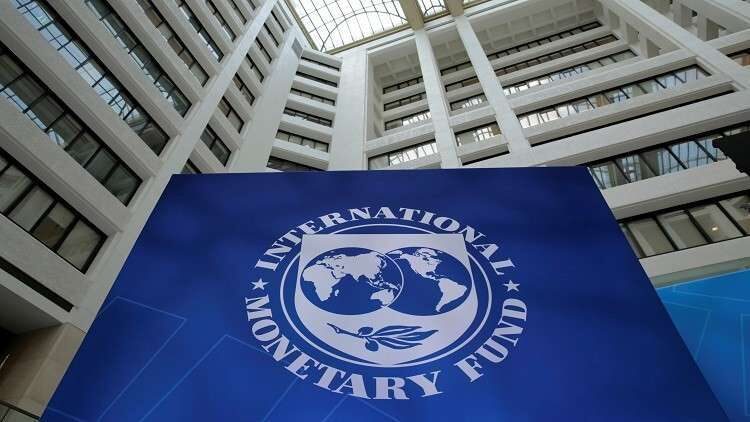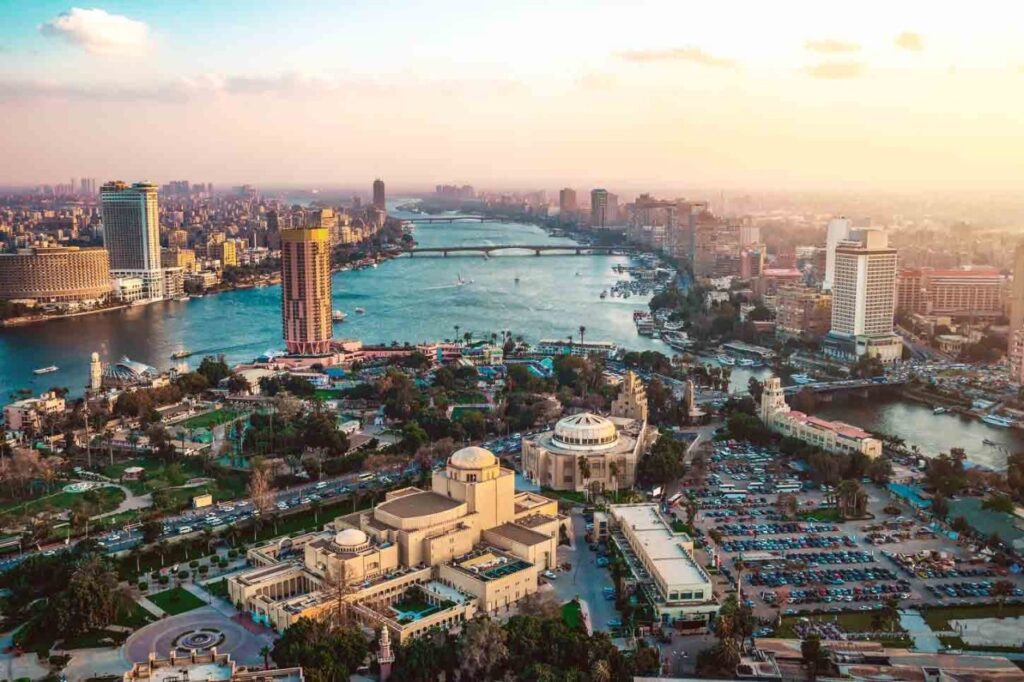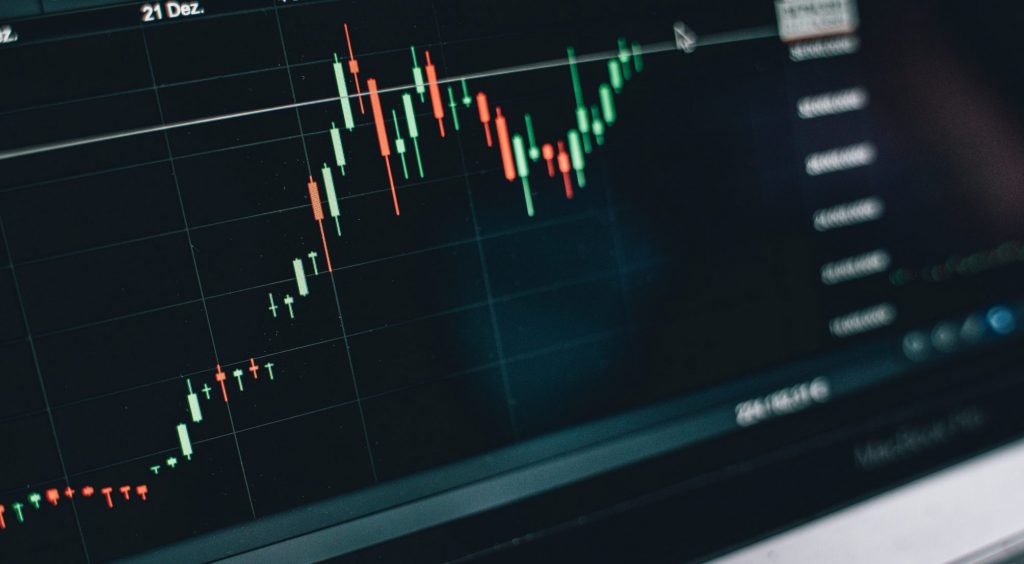For the second time in less than six years, Egypt has won the approval of the International Monetary Fund (IMF) on a new $3 billion loan deal under the Fund’s extended fund facility (EFF).
This is the same facility Egypt had implemented its first wave of economic reforms (November 2016-July 2019) under, with a loan worth $12 billion.
The newly attained $3 billion loan is also the fourth one Egypt has secured from the IMF since 2016, bringing the total loans the country has obtained from the Fund, so far, to over $23 billion. This besides a $1 billion loan Egypt requested from the IMF’s Resilience and Sustainability Facility (RSF) with an aim of supporting the country’s climate-related policy goals.
The EFF is designed with the function of providing loan financings to countries that experiencing serious payment imbalances as a result of structural impediments or slow economic growth and an inherently weak balance-of-payments position, as well as extending policies needed to correct structural imbalances over an extended course of time.

New loan
Egypt has obtained its recent IMF-backed loan for a 46-month program (almost four years) to attain key objectives; including keeping its macroeconomic stability, restoring buffers, and paving the way for sustainable, inclusive, and private-sector-led economic growth.
Actually, the EFF arrangements extend typically over a period of three years but may be approved for periods as long as four years to implement deep and sustained structural reforms.
Also, loans greenlit under the EFF are to be repaid over 4½–10 years in 12 equal semiannual installments.
Speaking to Business Monthly, financing and investment expert Mostafa Badra said that the loan deal comes amid two global major challenges that have been affecting Egypt’s economy severely; which are the COVID-19 pandemic and the Russian-Ukrainian conflict.
“The two threats have led to the exit of almost $25 billion of indirect investments from the local market. This has been very challenging to the Egyptian economy, as it has caused a significant shortage of hard currency, especially the US dollar, which is one of the key problems Egypt is currently experiencing. Thus, the new IMF-backed program for Egypt was necessary to concentrate on policies that make up the US dollar drop, replenish the Central Bank of Egypt (CBE)’s international reserves (NIRs), rationalize the public pending, and unleash the private sector hand to play a greater role in the country’s economic activity,” Badra said.
Driven by the repercussions of the war in Ukraine, Egypt’s NIRs dropped significantly in March to $37 billion, down from about $40 billion, and continue its downturn to stand at $33.5 billion by end of November.
Badra also said that the State Ownership Policy, which the government intends to release its final draft during the current FY2022/2023 (ends by end of June 2023), materializes the government path of granting a greater role for the private sector, raising its contribution to the economic activity from the current 30% to 65% over three years with a fundamental target of attaining $40 billion over four years, $10 billion to be attained per year, through government exiting from a number of economic activities.
As we advance, Badra stressed that the winning bet for Egypt to navigate the ongoing and prolonged serious challenges it is suffering is to work hard on industry and agriculture development.
Foreign investments
Since the announcement of reaching an agreement with the IMF on a new loan, the CBE has taken a number of procedures in a bid to attract foreign direct and indirect investments, addressing the US dollar shortage, which hit EGP 30 in the parallel market and navigating the accelerating inflation that surpassed 21% by the end of November, the highest in almost five years.
Accordingly, the CBE hiked the key interest rates by 5% (500 bps) from October to December, a record level in years, maintained its target of inflation through the end of 2024 at 7% (±2% ), raised the exception limit of letters of credit (LCs) for imported shipments from $5,000 to $500,000 starting October 27, and started a process of phasing out letters LCs for import finance by end of December 2022.
The CBE has recently instructed the banks to disclose the details of clients who fail to transfer the proceeds, which is originally made in US dollars, of the gold exported from the Egyptian market within seven days from the shipment date with legal action to be taken against them as well as stopping dealing with them.
CBE directed the banks to give clients a grace time of three days to meet the requirements of shipment details disclosure and to transfer its proceeds which are collected in US dollars.
“There is no sign that CBE will be able to wind the LCs out and release the stacked imported shipments from the ports by end of December, as the first tranche of the recent IMF-approved loan came against the government estimations. The government was betting on this tranche to do so”, economist Medhat Nafe’ told Business Monthly.
After the loan was approved, the IMF greenlit the disbursement of the first tranche worth $347 million, while the government expected the tranche to value at $750 million.
Nafe’ concluded that Egypt needs to integrate a policy raising the manufacturing activity in order to provide products that could replace its imports with a policy focused on boosting exports in order to replenish its reserves of US dollars and provide liquidity of it in the local market.







